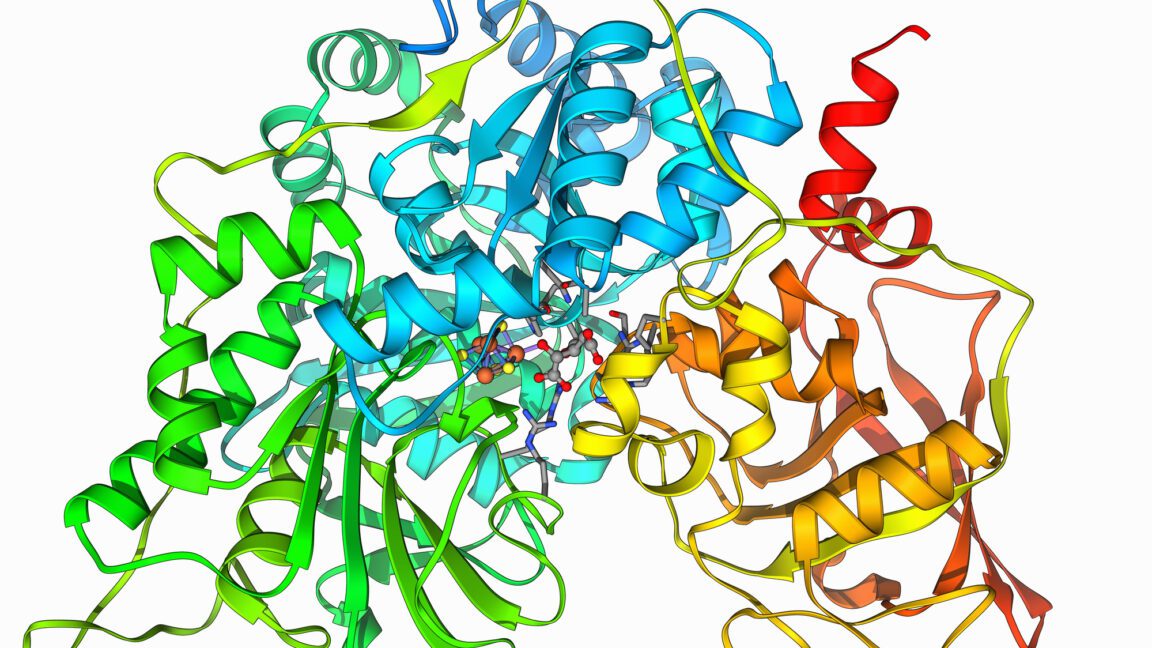
Remarkably, the introduction of a PLACER screening step significantly improved the number of enzymes exhibiting catalytic activity, increasing their presence by over three times.
However, a challenge arose as all these enzymes halted after just one reaction. They excelled at cleaving the ester bond, yet a portion remained chemically attached to the enzyme itself. Essentially, these enzymes functioned more like components of the reaction rather than traditional catalysts. To tackle this issue, researchers implemented PLACER to identify structures capable of adopting a crucial intermediate state of the reaction. This strategy led to a notable surge in active enzymes, with 18 percent successfully cleaving the ester bond. Among them, two standout examples—designated “super” and “win”—demonstrated the ability to engage in multiple rounds of reactions, marking a significant milestone in enzyme development.
By incorporating additional cycles that alternated between structural suggestions via RFDiffusion and screenings through PLACER, the team witnessed a steady increase in the occurrence of functional enzymes. Ultimately, they engineered an enzyme that exhibited activity comparable to those found in living organisms. Notably, they also proved that this same approach could be employed to create an esterase capable of breaking down the chemical bonds in PET, a prevalent type of plastic.
This extensive process undoubtedly requires considerable effort—designing enzymes, particularly those similar to known biological counterparts, remains a formidable challenge. Fortunately, much of the groundwork can be conducted through computational methods, eliminating the need for labor-intensive steps like synthesizing DNA to produce the enzyme in bacteria and screening for their activity. Interestingly, despite their reliance on existing enzyme references, the newly designed enzymes exhibited limited sequence similarity. This suggests that there is potential for greater flexibility in designing enzymes capable of interacting with esters that are not encountered in nature.
I’m intrigued by the possibility of engineering an enzyme crucial for survival, introducing it into bacterial systems, and allowing it to evolve over time. I theorize that life could find innovative ways to enhance even our most advanced designs.
Science, 2024. DOI: 10.1126/science.adu2454 (Learn more about DOIs).









